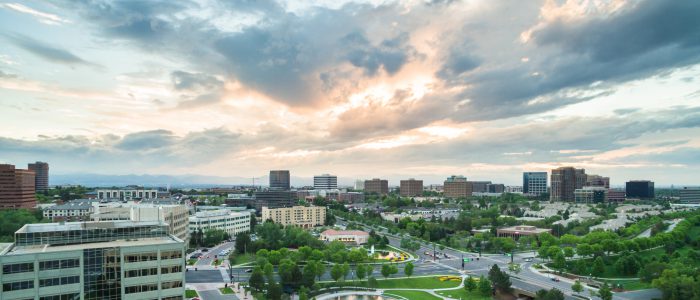
Metro-Area Commercial Sales Prices Plateau for First Time Since 2011
By Greg Johnson, Calibrate Real Estate
After six years of steady growth, in 2018 the Central Denver apartment market flattened out. See report by clicking here. Nearly 1,000 units were sold in 34 transactions, and the average price per unit was $182,938, a slight decrease from 2017’s average of $185,316. We calculate the average price per unit annually from Central Denver transactions between 10-110 units, excluding sales of recently constructed projects.
Higher interest rates, more conservative lending parameters, and a plateau in rent growth contributed to the slow-down in apartment sale prices. There continues to be a healthy level of investor demand, but tougher lending criteria has dampened enthusiasm for available properties. While established portfolio owners bought the majority of buildings sold in 2018, nearly one-third of the transactions were completed by investors new to the Central Denver market.
Owners and brokers that put properties on the market with unrealistic list prices struggled in 2018. Those properties sat on the market longer, and price reductions followed. Both investors and lenders were reluctant to engage in transactions that were based on lofty pro forma financials. Stalled rent growth and increased operating expenses have made it irrational to bet on future market conditions to justify marginal investments.
For the second year in a row, we saw an unusually-low number of transactions. There were only 34 sales of larger apartment buildings (10+ units in size) across Central Denver in 2018. Our market has not experienced such a low volume of sales since the aftermath of the 2008 financial crisis.
As apartment buildings become more difficult to sell, we are seeing more brokers openly market their listings, and there seems to be fewer properties held as “pocket listings.”
We continue to closely watch the vacancy reports. High levels of construction (12,324 units completed in 2018) are pushing vacancy rates higher, but so far it has had minimal impact on existing Central Denver buildings. In the 4th Quarter report released in January by DU and the Apartment Association of Metro Denver, the metro-wide vacancy rate was 5.8%. For Central Denver, the vacancy rate is a staggering 7.5% due to construction in the neighborhood. However, within the details of the report, we found the vacancy rate for buildings between 9-50 units (a size too small to include new construction projects) was only 3.6%. This is the same figure reported a year ago – – meaning it has not worsened in small buildings. Fortunately, high vacancy has been limited to the new construction that has not yet completed initial lease-up.
Looking ahead into 2019, there are several dynamics that could affect the speed and strength of our market. At the end of 2018 we saw interest rates dip back down below 4.75%, and new construction continued to steam ahead. How these two crucial factors trend in 2019 will be key determinants to our market this year.
Thank you to Greg Johnson, Kyle Malnati, and Calibrate Real Estate for this article.


